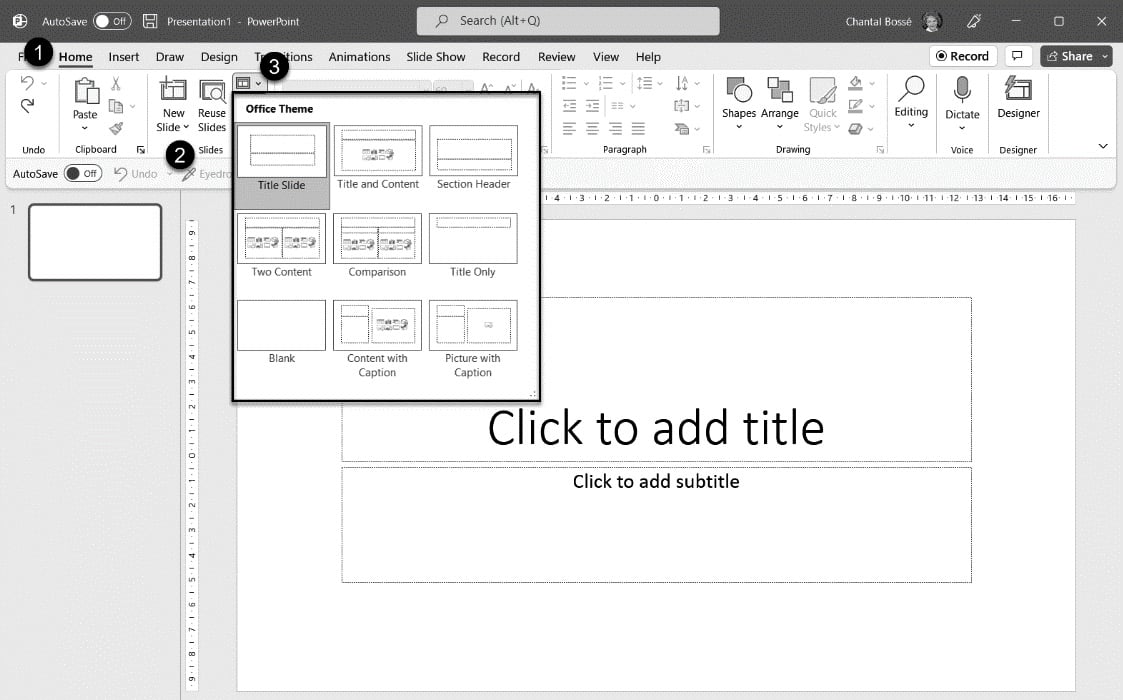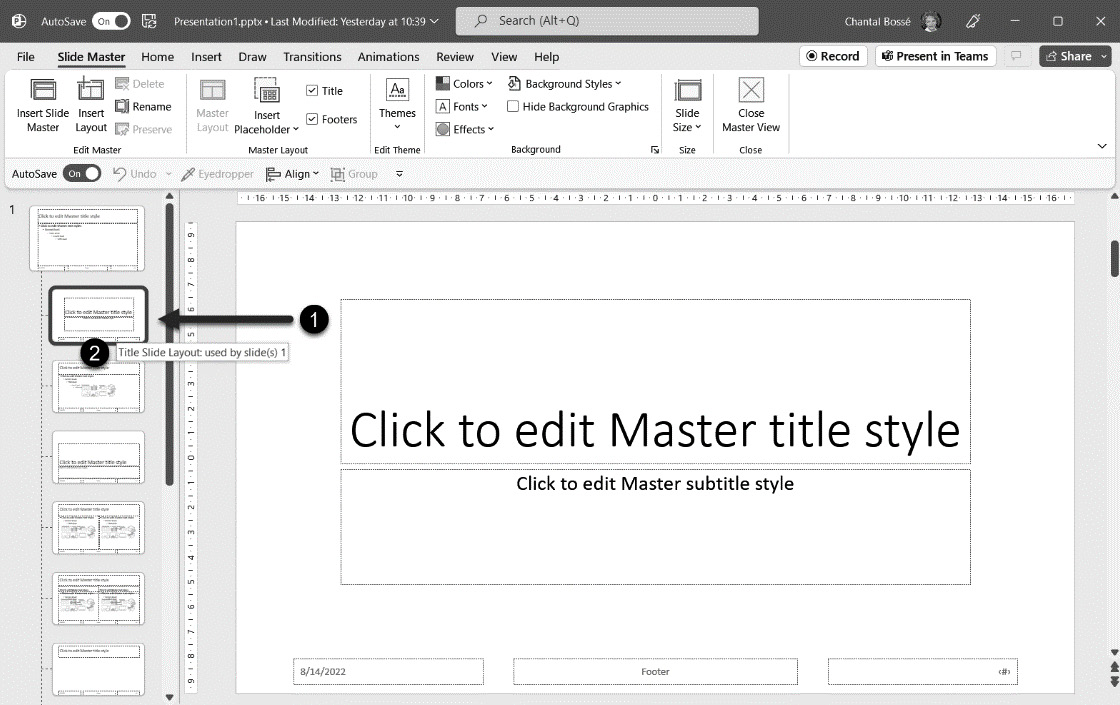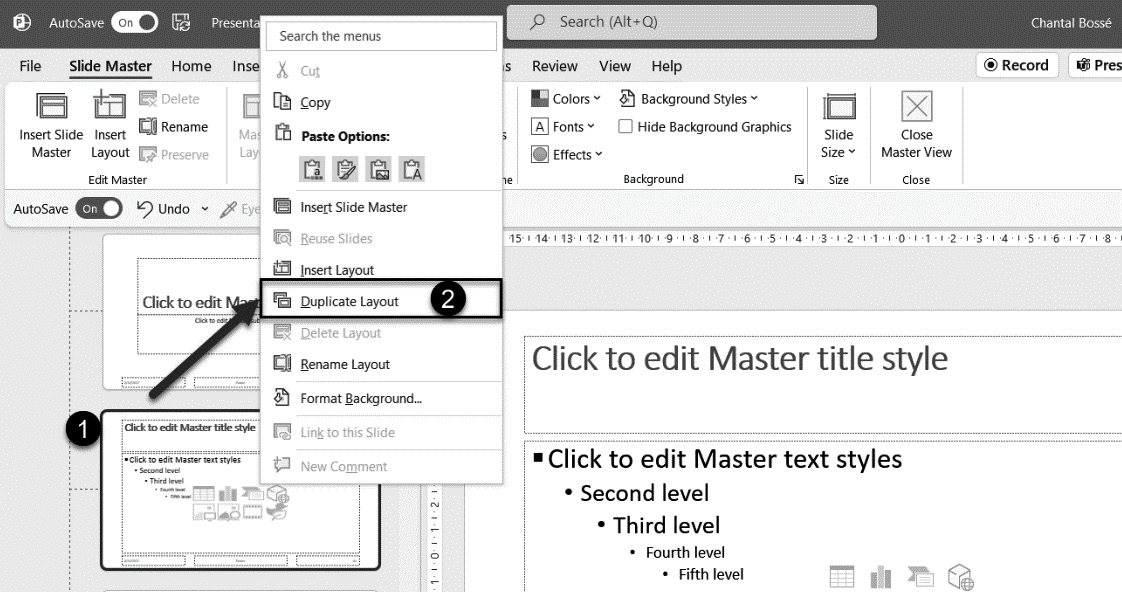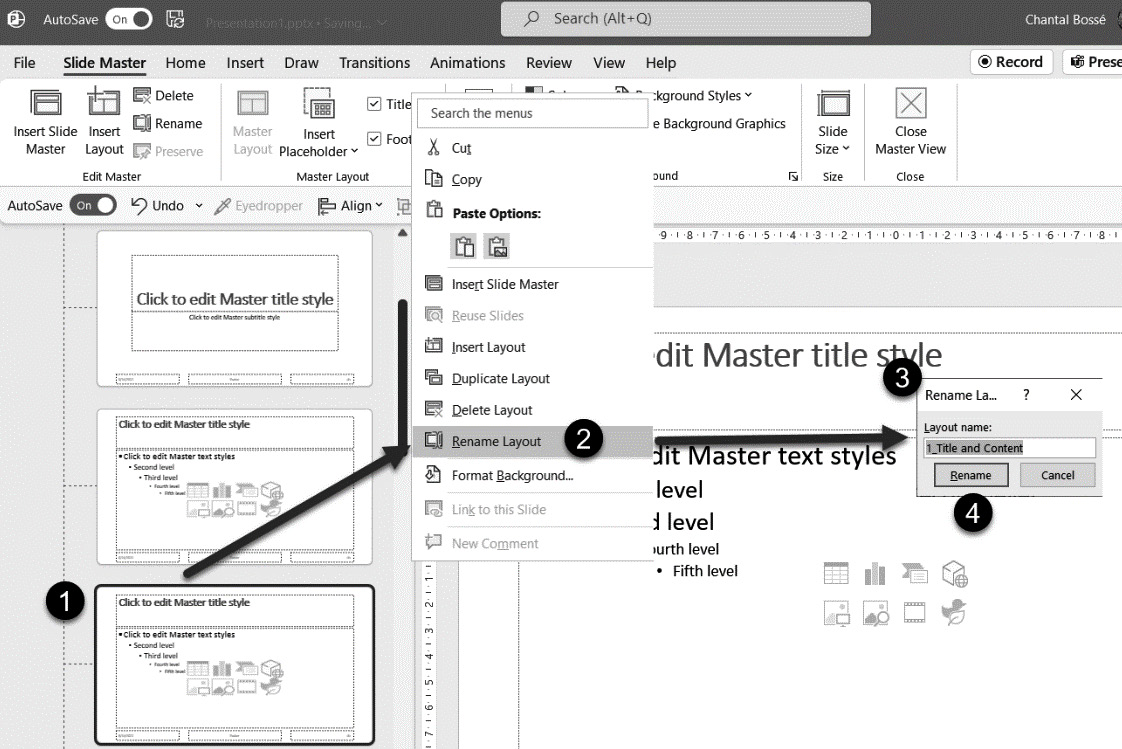Leveraging PowerPoint’s Slide Master for Design
PowerPoint’s Slide Master is a design feature that is still overlooked by so many presentation creators and presenters. This is the main reason why I have seen so many presentation files where content has been created by hand on each slide. No wonder people have been complaining all this time that slide creation takes so much time!
Therefore, the use of slide masters is one of the first topics I go through in my training sessions. If you are still creating your slides by deleting the placeholders you see on the blank slides and get busy adding text boxes and other types of content manually, this chapter will help you gain hours of your life back. I usually even make this bold statement to users: if you use the Slide Master feature, you’ll automate up to 90% of your presentation design tasks. You’ll stop re-creating basic design on each slide to focus on adding your content.
The goal here is not to show...

 ...
...


